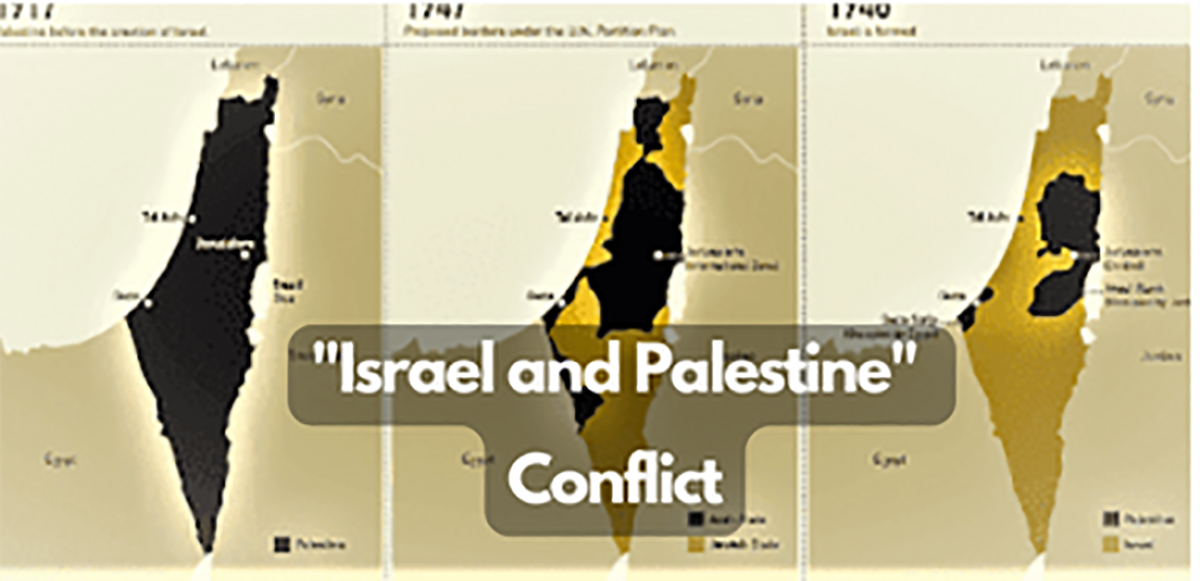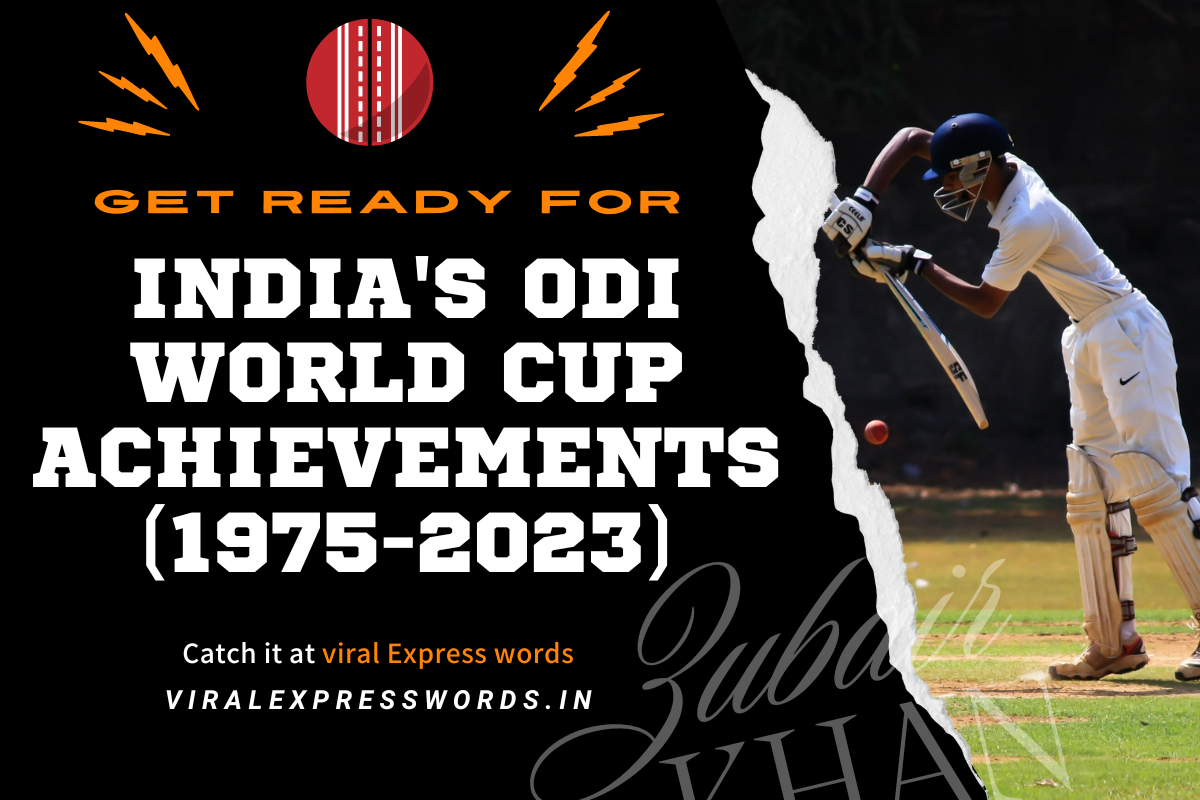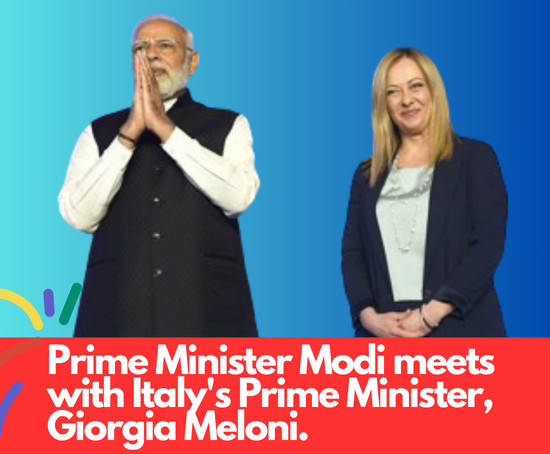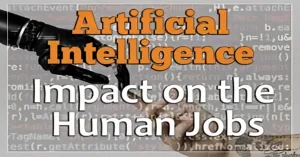![]()
Israel and Palestine Conflict
Unraveling the Complexities of the Israel and Palestine Conflict: A Historical Perspective
The Historical Roots:
Perplexity, that elusive specter, casts its shadow on the contours of this conflict. As we traverse the complex terrain of Israel and Palestine, we find ourselves ensnared in a labyrinth of competing narratives, where the historical tapestry is woven with threads of myth, memory, and political maneuvering. The very lexicon of this discourse is a mosaic of contention, where words become battlegrounds and narratives clash in a symphony of semantic dissonance.
Echoes of Passion: Unveiling the Emotional Landscape of a Geopolitical Saga
Burstiness, the heartbeat of passionate rhetoric, pulses through the veins of this geopolitical saga. Human expressions, like the echo of thunderclaps in a storm, resonate with fervor and intensity, punctuating the narrative with moments of lingering contemplation and sudden crescendos of impassioned discourse. The ebb and flow of sentiments mirror the complexities of a conflict that defies facile resolutions, where emotions surge and recede like waves crashing upon the shores of contested lands.
Navigating Historical Antecedents and Contemporary Complexities
In this turbulent narrative, the challenge lies in navigating the labyrinth of historical antecedents and contemporary complexities. AI-generated analyses, with their algorithmic precision, may tread cautiously on the surface, offering insights devoid of the visceral resonance of human experience. Humans, however, revel in the cacophony of perspectives, crafting sentences that mirror the tumultuous nature of this enduring conflict.
Exploring the Linguistic Odyssey of the Israel-Palestine Conflict
To dissect the root of the Occupied Israel Palestinian Territories conflict is to embark on a linguistic odyssey, where each word becomes a potential battleground and each sentence a diplomatic entanglement. The interplay of perplexity and burstiness is not just a stylistic flourish but a reflection of the inherent complexity and emotional fervor that define this enduring struggle for identity, autonomy, and territorial sovereignty.
The political complexity:

The political dimension plays a significant role in the continuation of the conflict. The struggle for control over territory, borders, and sovereignty remains at the heart of the matter. A solution that satisfies both parties has proved elusive, with peace talks often breaking down over issues like borders, the status of Jerusalem, and the rights of Palestinian refugees. The involvement of external factors, such as the United States, further complicates the situation.
Economic and Resource Struggles:
The scarcity of resources, particularly water, and economic disparities are contributing factors. Control over critical resources is a vital aspect of the conflict. Palestinians argue that their limited access to water and arable land is a form of economic oppression, which in turn perpetuates social unrest. These resource struggles are tightly connected to the conflict’s persistence.
Human Rights Abuses:
The conflict has brought forth significant human rights abuses on both sides. Accusations of disproportionate use of force, unlawful arrests, and the construction of settlements in the West Bank have been frequent sources of tension. These issues attract international attention and condemnation, fueling the ongoing war.
The Role of Extremist Groups:
Extremist groups on both sides have also played a role in perpetuating the conflict. Palestinian groups like Hamas and Islamic Jihad have resorted to acts of violence, such as rocket attacks on Israeli cities, while some Israeli extremist settlers have engaged in provocative actions in the West Bank. The presence of these groups further hinders peace efforts.
The Impact of International Diplomacy:
International diplomacy has been unable to bring about a lasting solution. While numerous peace initiatives have been proposed, none have successfully bridged the gap between the two sides. The international community’s inability to broker a comprehensive peace agreement has left the conflict unresolved.
The Psychological Divide:
The psychological divide between Israelis and Palestinians is another challenge. The conflict has left deep scars, and both sides carry historical grievances and traumas. Trust is in short supply, making it difficult to move towards a peaceful resolution. The ‘us versus them’ mentality continues to perpetuate the war.
The Human Toll:
The “why the war is happening between Israel and Palestine” question is not just a matter of geopolitics; it’s a matter of human suffering.
Conclusion:
The ongoing conflict raises global concerns about finding a solution. Supporting efforts for a lasting peace is crucial, as is addressing the concerns of both Israelis and Palestinians through dialogue, empathy, and compromise. Political alliances and regional powers also shape the dynamics and tensions between the two sides.
1. The Origins of the Israeli-Palestinian Conflict: A Historical Overview
2. Exploring the Zionist Movement: The Drive for a Jewish Homeland
3. Palestine in the Late 19th Century: The Arab Perspective
4. Understanding the Arab Israeli Tensions: A Clash of National Identities
5. The Land Dispute: Who Has the Rightful Claim to Israel/Palestine?
6. The West Bank and Gaza Strip: The Hotbed of Territory Disputes
7. Religion and Conflict: The Battle for Jerusalem’s Holy Sites
8. Jerusalem: A City Divided by Faith and Politics
9. The Influence of External Powers: How Global Politics Impact the Conflict
10. The Role of the United Nations in the Israeli-Palestinian Conflict

























Add Comment